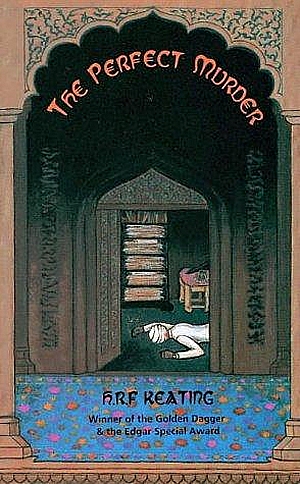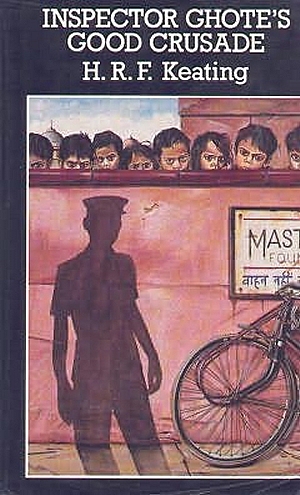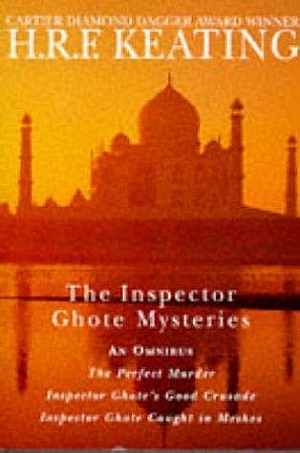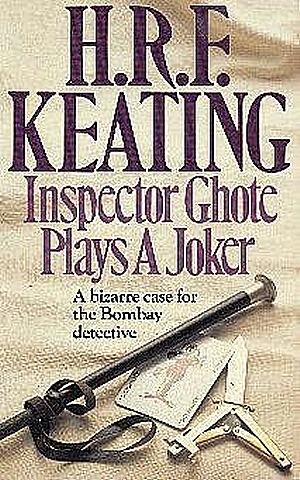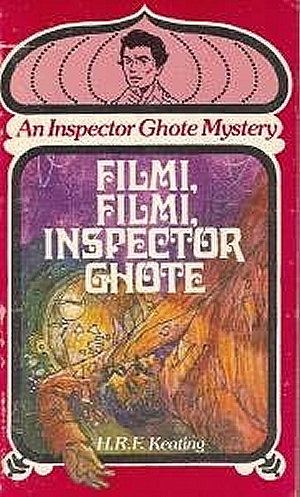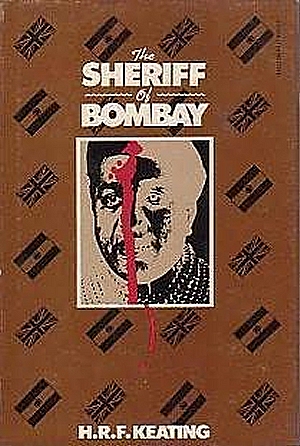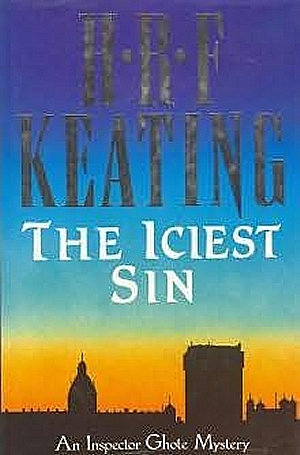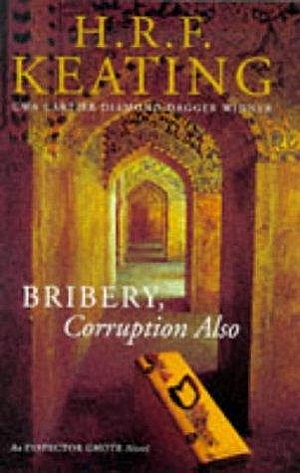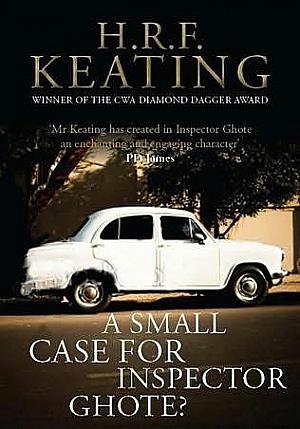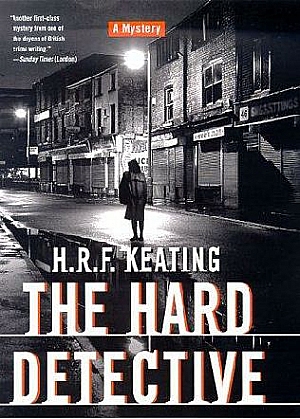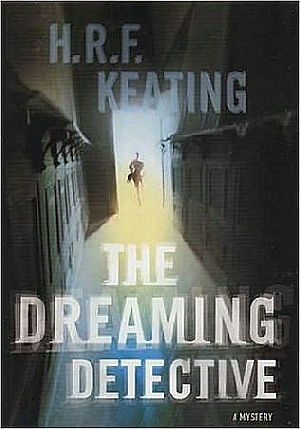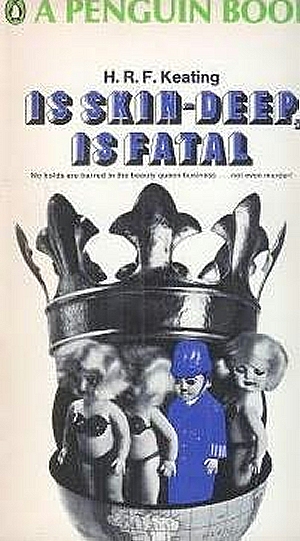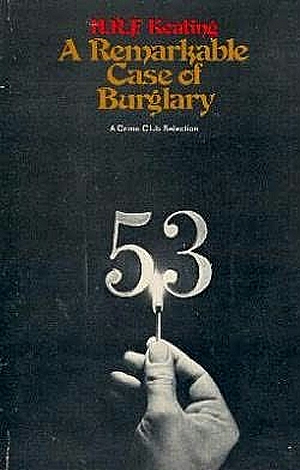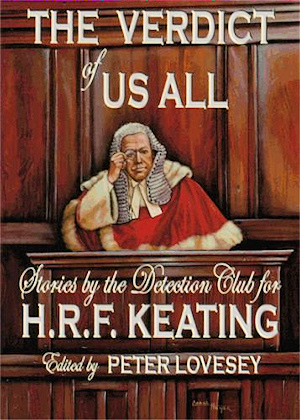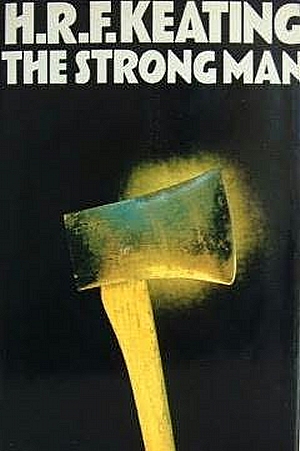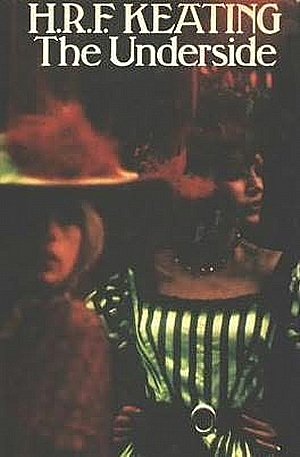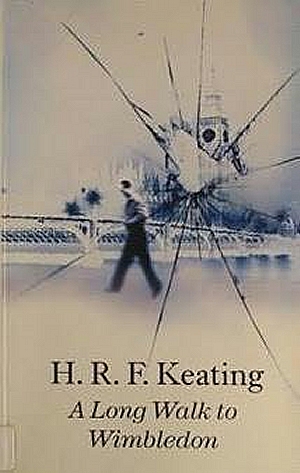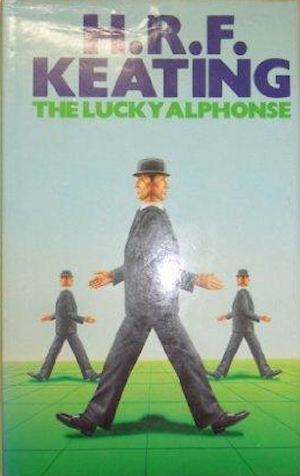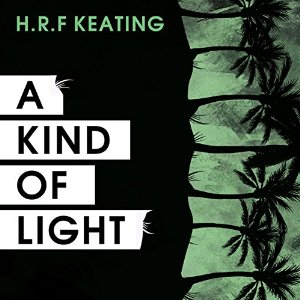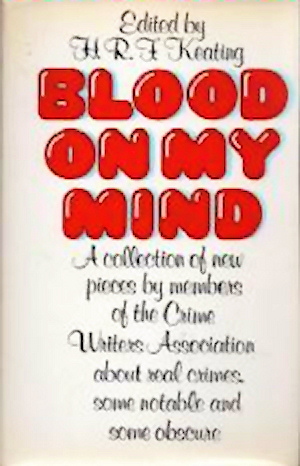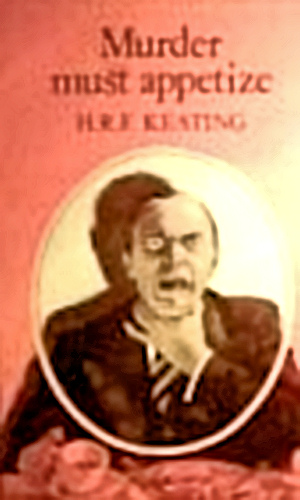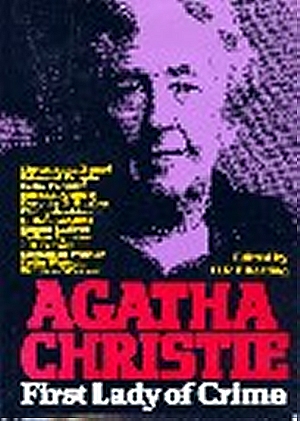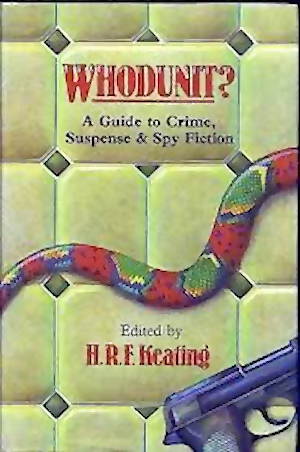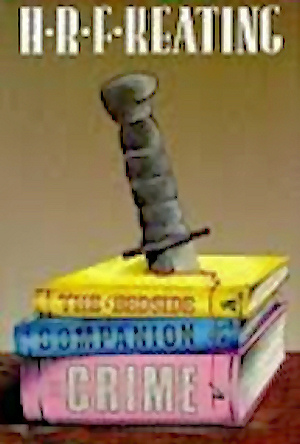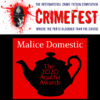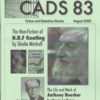A Kind Of Light
Two full drafts of the original typed manuscript were discovered in his study cupboard after Harry died in 2011 although there is no evidence that it was ever submitted to a publisher.
His eldest son, Simon, agreed to edit it after his son, Jacob, had put the manuscript into electronic form. Then it was offered to Audible, the digital audio book publishers, for original publication and was read by his wife Sheila Mitchell in 2016. Michael Holroyd agreed to write an introduction which, together with Simon’s foreword, they also recorded.
There was a subsequent paperback produced by Endeavour Ink during that firm’s brief existence but subsequently withdrawn when they folded. It is a novel written in homage to Joseph Conrad who Harry greatly admired and is set, like that novelist’s Heart of Darkness, in the African Congo and indeed the title, A Kind of Light, is a quotation from Conrad’s book. It is a novel about a Victorian gentlewoman who is seeking a lost medicinal plant accompanied solely by native Africans, the many disasters that she encountered and her subsequent life among those natives all of which she chronicled in her diaries.
This story of Thomasina the intrepid clergyman’s daughter is interwoven with a 1980s -the decade in which the book was written – narrative concerning two young film-makers who set out to make a documentary following in her footsteps and with the ultimate goal of finding the majority of those diaries. These, modern sections – as they were at the time of writing also depict the very different problems that young people were facing, emerging out of the post-war laissez-faire of the 1960s, like free-love and Aids.
The book is still available in audio book from here.

